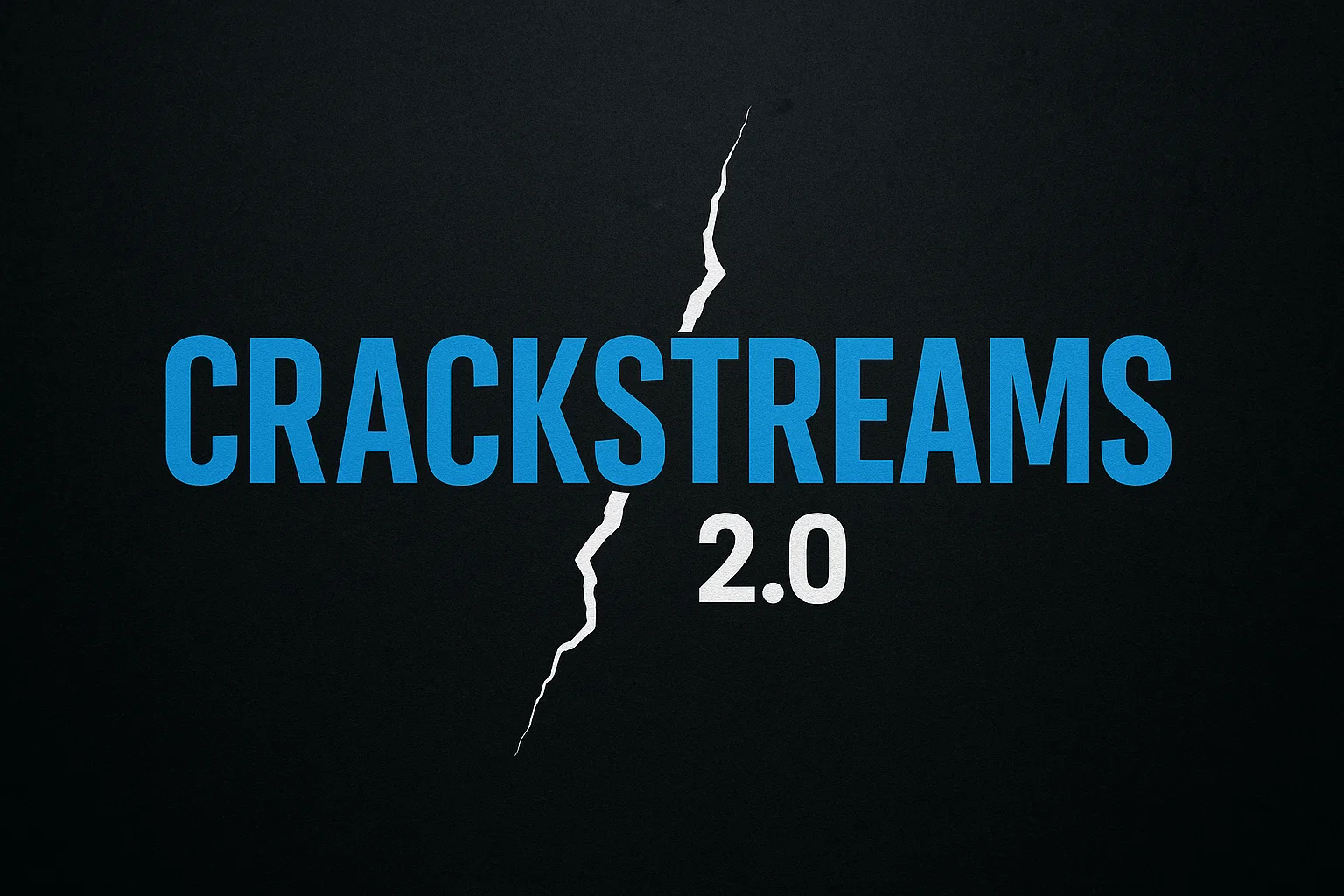In the ever-growing world of online content, standing out requires more than just publishing a few blog posts or videos. To truly connect with your audience, diversify your storytelling. This is where the “your topics multiple stories” content strategy comes into play. It’s a method that allows creators, marketers, and businesses to engage readers with layered storytelling across different subject areas, offering more value and depth.
Let’s explore how this method works, why it’s effective, and how you can implement it to build a dynamic, high-performing content presence.
What Does “Your Topics Multiple Stories” Mean?
The phrase “your topics multiple stories” refers to a content strategy where you choose multiple core topics relevant to your audience, and then create a variety of stories under each one. These stories can take the form of blog posts, videos, social media updates, or even email newsletters — each offering a different angle or narrative on the core subject.
For example, if your content platform is focused on technology, you can split it into sub-topics like gadgets, cybersecurity, software, and startups. Then, under each of these topics, you publish multiple types of stories:
- Reviews
- How-tos
- Opinion pieces
- News analysis
- Case studies
This not only increases your content library but also improves audience engagement by offering diverse formats and perspectives.
Why Use a Multi-Story Content Strategy?
1. Broader Audience Appeal
Not every visitor to your website or page is interested in the same kind of content. Some may want quick guides, others want in-depth analysis. By creating multiple story types for each topic, you cater to a larger audience with different interests and content consumption habits.
2. Improved SEO Performance
Search engines like Google favor websites that regularly publish fresh, relevant, and authoritative content. By using the “your topics multiple stories” approach, you’re not only covering a wide array of keywords but also increasing your chances of being indexed and ranked for more search queries.
3. Better Engagement and Retention
Audiences are more likely to stay engaged when they see variety. A reader who lands on a tutorial might then browse a related opinion piece or watch a related video. This reduces bounce rates and increases time on site — two important factors for SEO and audience retention.
How to Plan Content Using Your Topics Multiple Stories
To implement this strategy effectively, follow these steps:
Step 1: Define Your Core Topics
Choose 3–5 key themes that align with your brand and audience interest. For a fitness blog, this might be:
- Nutrition
- Workouts
- Mental health
- Supplements
- Lifestyle habits
Step 2: Break Topics into Story Types
Now, create 4–5 story types for each topic. Here’s an example for the “Nutrition” topic:
- “5 Healthy Recipes for Weight Loss”
- “Interview with a Certified Nutritionist”
- “The Science Behind Low-Carb Diets”
- “Meal Prep Tips for Busy Professionals”
- “Why Hydration Is Key to Metabolism”
Do the same for other topics.
Step 3: Build a Content Calendar
Schedule your stories across the month or quarter to maintain consistency. Rotate topics to keep the feed diverse and make sure you’re covering every pillar regularly.
Step 4: Repurpose Across Platforms
Once a story is published, don’t stop there. Repurpose it into a video, infographic, tweet thread, or podcast episode. This multiplies the value of each piece and reaches audiences across various channels.
Real-World Example: Lifestyle Blog Using the Strategy
Let’s say you run a lifestyle blog called “Modern Living.” Your core topics might be:
- Home Decor
- Travel
- Productivity
- Wellness
Under each topic, you can build multiple stories. For instance, under Travel:
- “Top 10 Budget-Friendly Destinations for 2025”
- “How I Traveled Through Europe on $50 a Day”
- “Must-Have Travel Apps You Need Right Now”
- “Interview: A Solo Female Traveler’s Journey Across Asia”
This variety keeps readers engaged while establishing your blog as an authority across all areas of modern living.
Tips to Maximize the Strategy
- Use Analytics: See which stories perform best and adapt future content accordingly.
- Stay Updated: Refresh older content with new data or insights to keep it relevant.
- Encourage User Interaction: Ask readers for their stories or opinions to build community and engagement.
Final Thoughts
In today’s saturated digital space, delivering content that’s both relevant and engaging is essential. Using the your topics multiple stories strategy helps you structure your content around key themes while offering variety and depth. This not only boosts your SEO and increases engagement but also positions your platform as a comprehensive, go-to resource for your audience.
If you’re ready to take your content game to the next level, start planning your topics — and tell their many stories. The more stories you share, the more trust and value you’ll build over time.










